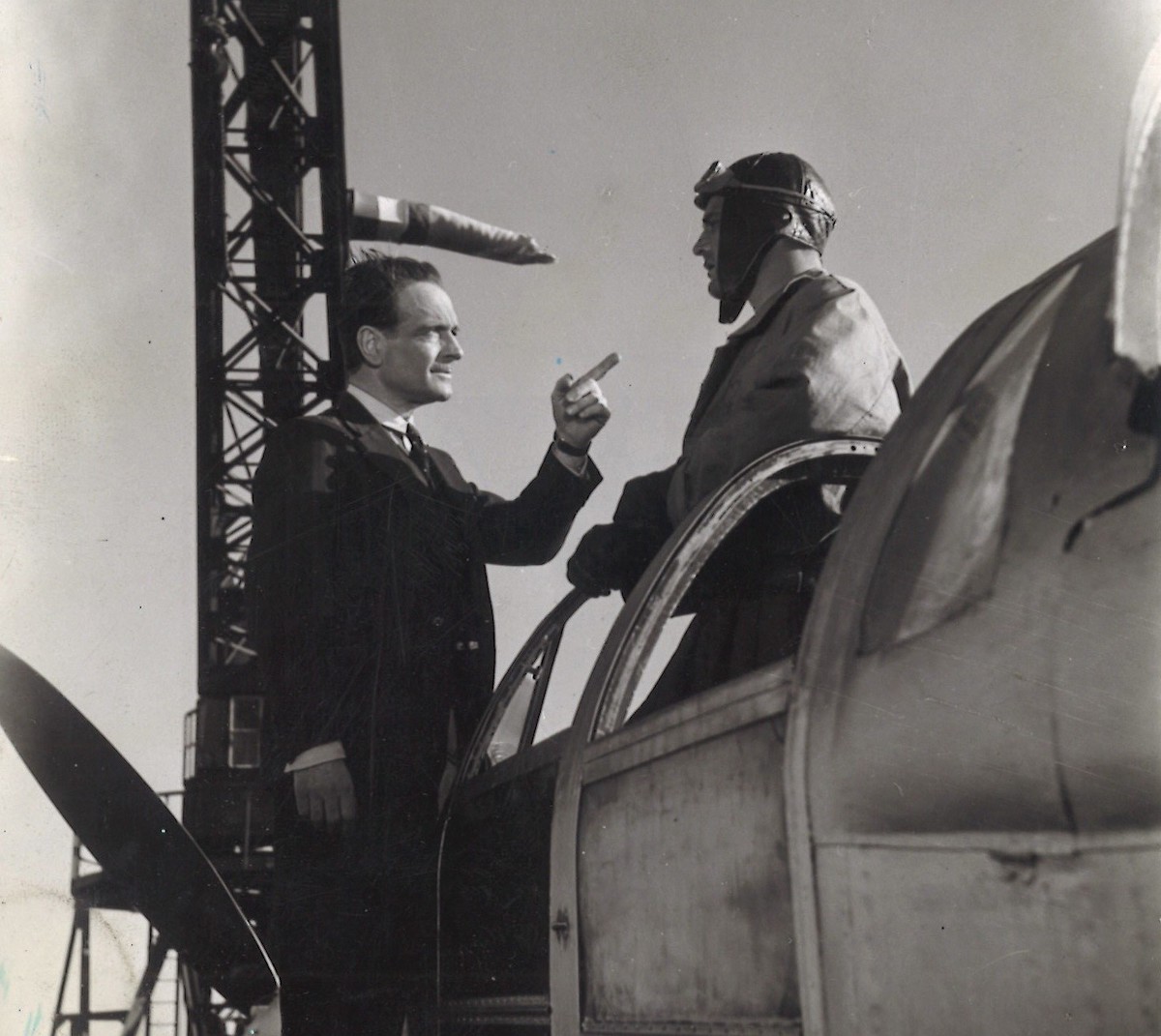

#Mermoz film free
Discreet yet determined, Elisabeth turns into a spokesperson for a desire which has the potential to raze everything to the ground, if given free reign. In this instance, sexuality is born out of an urgent need to re-connect with their humanity, for a nigh-on mystical communion with God and nature, which comes from a very natural need to reconnect with one’s own body. By virtue of magnificent photography (by Marine Atlan) which is, at times, reminiscent of Jane Campion’s The Piano, the film seems to throb with the emotions felt by the young protagonists who, far from representing conventional, heterosexual sexuality revolving around procreation, discover the joy of being loved, caressed and cuddled, a joy which their parents have totally deprived them of. The trigger for this silent revolution is an encounter between the protagonist and three young people from her village: Emile ( Benjamin Python), Pierrot ( Noah Watzlawick) and Joseph ( Mermoz Melchior), who knew her sister very well and shared her visceral, almost Franciscan need for communion with nature. What’s recounted here is a veritable fight for survival and for the right to explore one’s own inner world free from the concepts of good and evil which loom over the valley like an oppressive cloud. Back in the valley where she was born, Elisabeth is no longer a child and must contend with the emotions coursing through her and the discovery of her sister’s diary, which only exacerbates them. The reason for this sudden change of course is the death of her sister Innocente, the cause of which remains a mystery. The film tells the story of seventeen-year-old Elisabeth (played by the incredible Lilith Grasmug) who, in the summer of 1900, while preparing to take her vows, is forced to return home to her family in a Valais region valley, to help them with their farming work. Aside for these indispensable narrative elements, Thunder draws its strength from many powerful visual references (made clear at the beginning of the film, which opens with emblematic, painterly photos), including that of Giovanni Segantini, who had an unrivalled talent for painting the rural world. The combination of these diaries and the determination of their author’s great-granddaughter is a film bursting with sincerity which depicts a rural world wrestling with fears and a desire for freedom which history has relegated to the margins, a film which embraces the marginalised perspective of a woman from the end of the nineteenth century who lives in the Valais mountains. It was the discovery of her great-grandmother’s diaries - in which her relative addressed God in intimate tones, as if a confidante, recounting her torments and things she would never have confessed to anyone else - which transformed the initial screenplay into a historical event. It’s a tragic story which urged the filmmaker to ask herself where the limits lie when it comes to passions which can’t be freely expressed because they go against the norm. As explained by Jaquier herself, the film was inspired by a news item: two teenagers who set themselves on fire in a suburb of Berlin.


 0 kommentar(er)
0 kommentar(er)
